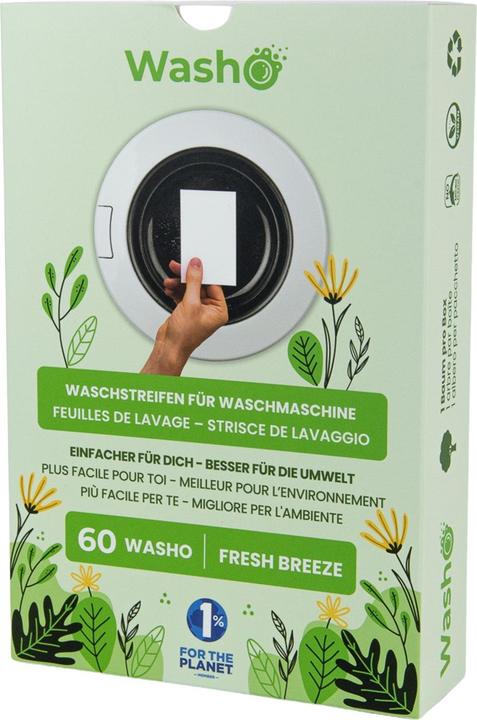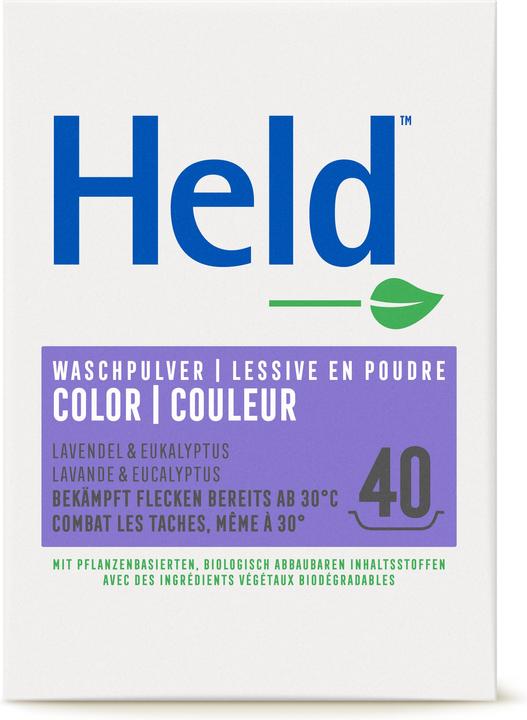

Could your laundry routine be a bit more eco-friendly? This guide has the answers
Clothes often end up in the laundry basket after just one wear, and not long after that they’re in the machine. For starters, this isn’t necessary and secondly, it’s not in the least bit environmentally friendly. These four tips will give you brownie points as well as sparkling laundry.
Wash less often
According to Bosch (site in German) and Miele, the water consumption of a modern 8-kg-capacity machine is about 49 litres per wash cycle. That sounds like quite a lot as it is – and it’s not even projected for a week, month and year.
It’s time you only put your clothes in the washing machine when nothing else does the trick. And by that I mean airing, putting it in the freezer overnight (this kills bacteria and thus odours) and washing out stains by hand, for example. This way, you not only save water and electricity, but also reduce the risk of your textiles losing their colour and shape – thereby extending their life at the same time.
Fine items in particular, such as bras, silk, lace or wool, appreciate a gentle hand wash anyway.


bluu Stain soap
100 Washing cycles, Laundry soap

Washo Stain soap
50 Washing cycles, Laundry soap
Turn down the heat
Your washing machine is one of the biggest energy consumers in your entire household. Most of the energy is used to heat the water. On the website for electricity supplier vattenfall.de (site in German), it says that the 30°C setting uses half the electricity for a wash cycle, and at 60°C, it consumes three quarters.
Try to wash everything at 30°C or less – with exceptions including towels and sportswear. Your textiles will still be clean, but again, you’ll run less risk of them losing their shape and colour.
Wash greener
If you want to know exactly what you’re adding to your laundry and therefore to the water, you can make your own detergent. For many people, this is certainly too eco-friendly and costly, and hasn’t been a must for a while. There are now enough products on the market with neither plastic packaging nor questionable or even toxic ingredients. For the sake of the environment, it’s better to stay away from bleach and fabric softeners.

Washo Washing strips
60 Washing cycles, Washcloths


bluu Universal washing strips
180 Washing cycles, Washcloths
But if you want a DIY version, give a recipe like this a try:
- 150 g sodium carbonate
- 100 g curd soap (grated)
- 150 g bicarbonate of soda
- 100 g citric acid (powder)
- optional: essential oil to add your favourite scent
Mix all the ingredients well in a bowl and store in a screw top or Mason jar. Use 2-3 tbsp of the mixture per wash.
No to artificial drying
In other words, don’t put your clothes in a tumble dryer. There’s no doubt about it. Throwing bedding and towels into the nearest drum after washing and fishing them out a short time later when they’re warm and fluff is insanely convenient. However, it’s just as obvious that it’s much more energy saving and environmentally friendly to hang your wet washing on the line instead. This also prolongs the life of your clothes.
It does admittedly take a bit longer to get them dry when it’s not summer. But how urgent is it to put your laundry back in the wardrobe, really? If you find yourself running short, invest in another set of sheets or towels to provide a little buffer between washes.
Always in the mood for good hits, great trips and clinking drinks.
Practical solutions for everyday problems with technology, household hacks and much more.
Show all

